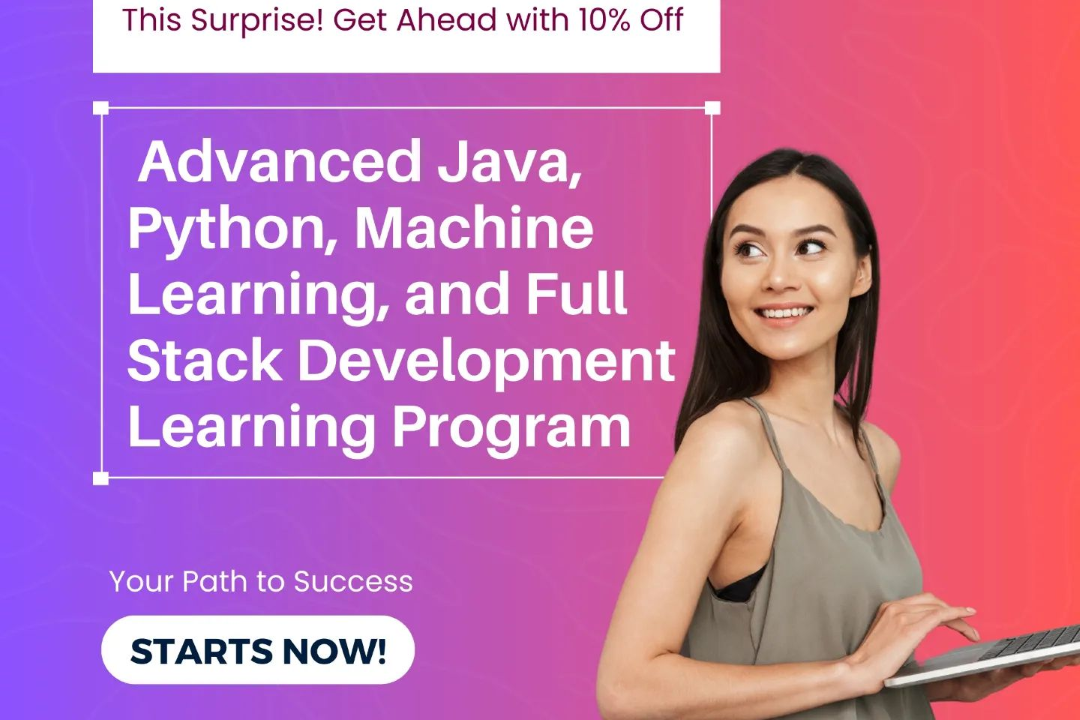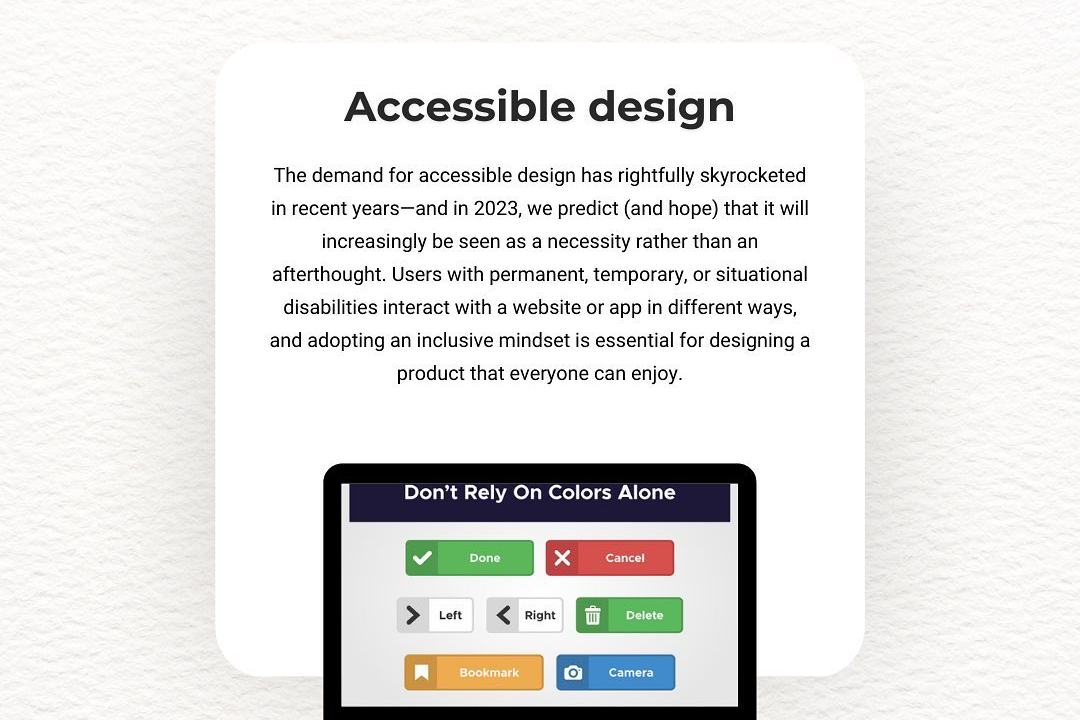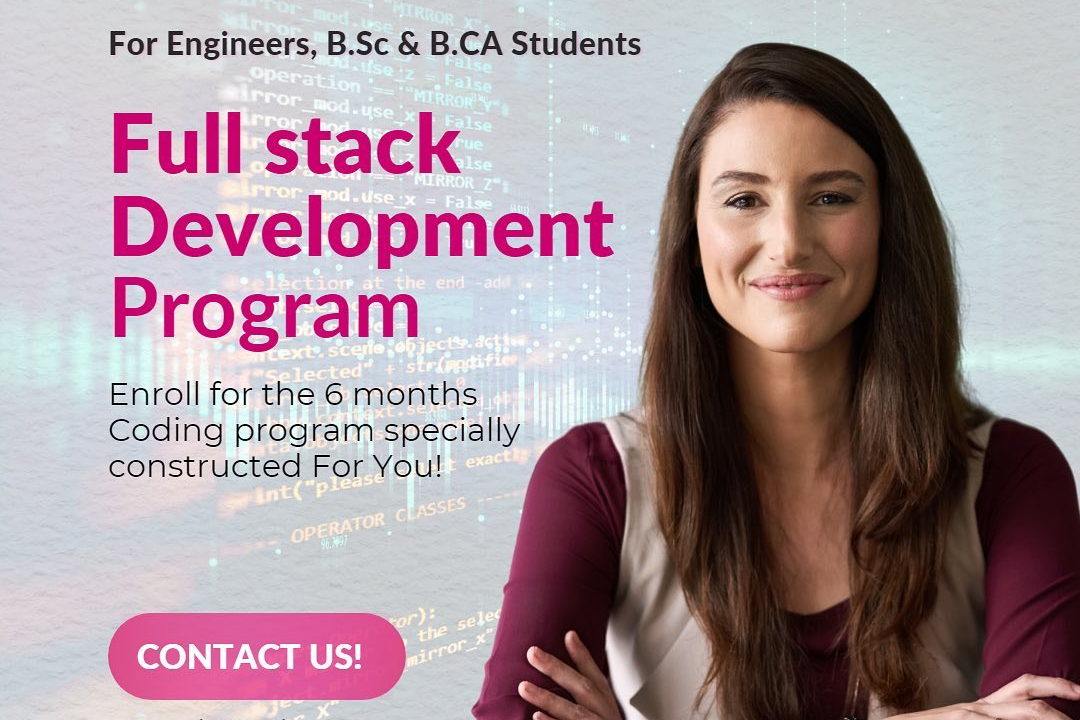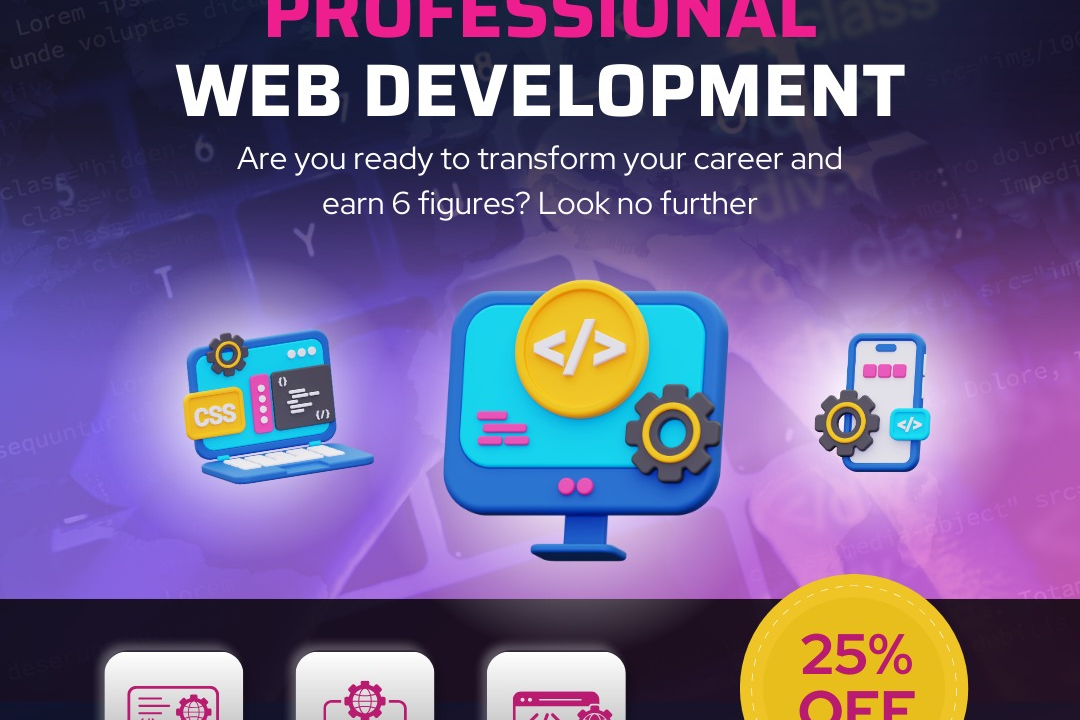Laravel Interview Questions 2018
Essential Laravel Interview Questions for 2018: Prepare for Success
Laravel Interview Questions 2018
Laravel interview questions from 2018 are an essential resource for aspiring developers seeking to deepen their understanding of this popular PHP framework. These questions typically cover fundamental concepts, features, and best practices that are crucial for building robust web applications using Laravel. Familiarity with these questions can help candidates demonstrate their knowledge of routing, middleware, Eloquent ORM, and package management, thereby enhancing their confidence during interviews. Additionally, reviewing past interview questions allows developers to stay updated on industry trends and prepare effectively for real-world project challenges, making it a valuable study tool for both beginners and experienced professionals in the field.
To Download Our Brochure: https://www.justacademy.co/download-brochure-for-free
Message us for more information: +91 9987184296
Here’s a list of Laravel interview questions from 2018 along with concise answers:
1 - What is Laravel?
Laravel is a modern PHP framework designed for building web applications following the MVC (Model View Controller) architectural pattern, providing features like routing, sessions, caching, and authentication.
2) What are the key features of Laravel?
Key features include Eloquent ORM, Blade templating engine, routing, middleware, service providers, and an intuitive syntax that enhances developer productivity.
3) What is Eloquent ORM?
Eloquent is Laravel's built in Object Relational Mapping (ORM) system, allowing developers to interact with the database using an expressive and fluent interface instead of writing raw SQL queries.
4) How does routing work in Laravel?
In Laravel, routing is defined in the `routes/web.php` file. You can define routes using methods like `get()`, `post()`, `put()`, and `delete()` to create web routes corresponding to specific HTTP requests.
5) What are middleware in Laravel?
Middleware acts as a bridge between a request and response; it filters HTTP requests entering your application, allowing you to perform actions on requests entering your application or responses leaving it.
6) What is the purpose of `artisan` in Laravel?
Artisan is Laravel's built in command line interface that provides several helpful commands for tasks like database migrations, route listing, and running tests, making development more efficient.
7) What are Laravel migrations?
Migrations are version control for your database schema; they allow you to define and modify the database schema while maintaining a history of changes, thus facilitating collaboration in development teams.
8) How can you implement validation in Laravel?
Validation can be implemented using the `validate()` method in controllers or by creating Form Request classes where validation rules can be defined neatly, enhancing code organization.
9) What is the Blade templating engine?
Blade is Laravel’s powerful templating engine that provides an intuitive syntax for defining views with features such as template inheritance, sections, and the ability to use pure PHP code.
10) Explain service providers in Laravel.
Service providers are the central place for configuring and binding application services in Laravel. They bootstraps the application, registering services, events, and routes, which are essential during application startup.
11 - What is the difference between `include` and `extend` in Blade?
`include` is used to include a view within another, while `extend` is used to create a layout by extending a main view, allowing for a cleaner structure and easier maintenance of HTML templates.
12) How do you handle errors in Laravel?
Laravel provides a built in error handling system that utilizes the `App\Exceptions\Handler` class, allowing developers to customize how exceptions are rendered or returned.
13) What are Laravel facades?
Facades are a way to provide a static interface to classes that are available in the application’s service container, serving as a convenient way to access underlying classes without needing to resolve them from the container.
14) How do you manage sessions in Laravel?
Sessions in Laravel are managed through the `Session` facade, allowing you to store, retrieve, and manipulate session data across requests conveniently. Laravel supports various storage drivers like file, cookie, and database.
15) What is the purpose of the `.env` file in Laravel?
The `.env` file in Laravel stores environment variables for applications, allowing developers to manage application settings such as database credentials, API keys, and configurations conveniently and securely.
These questions and answers provide a solid overview for candidates preparing for a Laravel interview, highlighting critical concepts and practices within the framework.
Here are additional Laravel interview questions and answers to further enrich your understanding and preparation for interviews:
16) What is dependency injection in Laravel?
Dependency injection is a design pattern used in Laravel where an object receives its dependencies from an external source rather than creating them internally, promoting loose coupling and easier testing.
17) Explain the purpose of routes in Laravel.
Routes define the URL structure for your application, mapping specific HTTP requests (GET, POST, etc.) to controller actions or closures that handle the request, facilitating organized and maintainable code.
18) What are events and listeners in Laravel?
Events allow you to decouple various parts of your application, triggering actions when certain events occur. Listeners respond to those events, facilitating an event driven architecture within the application.
19) How do you implement authentication in Laravel?
Laravel provides built in authentication features that can be scaffolded with a single command, allowing developers to utilize out of the box authentication functionality using routes, controllers, and views.
20) What is the purpose of the `config` directory in Laravel?
The `config` directory contains configuration files for various aspects of the application, like database connections, mail settings, and more, allowing you to centralize and manage settings in one place.
21 - What are the available ways to handle file uploads in Laravel?
Laravel provides an intuitive API for file uploading, allowing you to store files on the server using the `Storage` facade and providing functionalities like validation, resizing, and file streaming.
22) Explain the concept of model observers in Laravel.
Observers allow you to group event listeners for a model's lifecycle events (like creating, updating, deleting) in a separate class, maintaining clean and organized code while encapsulating logic related to model changes.
23) What is the Laravel scheduler?
The Laravel scheduler provides a fluent interface for defining command scheduling within your application. You can schedule tasks to run at specified intervals using the `schedule` method in the `app/Console/Kernel.php` file.
24) How does Laravel handle caching?
Laravel supports various cache backends like file, database, and Redis. You can cache data using the Cache facade, which provides methods for storing, retrieving, and managing cache items efficiently.
25) What is Laravel Mix?
Laravel Mix is a tool that provides a clean API for defining Webpack build steps for your application, simplifying the process of compiling CSS and JavaScript assets, including features like versioning and minification.
26) How do you implement relationships in Eloquent?
Eloquent supports several types of relationships, including one to one, one to many, and many to many. You can define these relationships in the model using specific methods like `hasMany()`, `belongsTo()`, and `belongsToMany()`.
27) What is form request validation in Laravel?
Form request validation allows you to create custom request classes for validating input data. It centralizes validation logic, making your controllers cleaner and more manageable by separating the validation rules from business logic.
28) Explain the difference between local and global scopes in Eloquent.
Local scopes allow you to encapsulate common query logic within a model that can be applied at runtime, while global scopes apply certain constraints automatically to all queries performed on a model.
29) What are policies in Laravel?
Policies are classes that organize authorization logic around a particular model or resource. They provide methods to determine whether a user can perform a given action on a resource, promoting a clearer and more maintainable code structure.
30) How do you create and use custom validation rules in Laravel?
You can create custom validation rules by extending the `Rule` class or creating a new validation rule using an artisan command. Once created, you can use these rules within your form requests or validation logic.
31 - What are queued jobs in Laravel?
Queued jobs allow you to defer processing tasks until later, improving application responsiveness. Jobs can be pushed onto a queue and processed asynchronously, which is useful for tasks like sending emails or processing uploaded files.
32) How do you access configuration values in Laravel?
You can access configuration values using the `config()` helper function, allowing you to retrieve values from configuration files stored in the `config` directory, facilitating flexible and environment dependent configurations.
33) What are the differences between `$this >app['config']` and `config()`?
`$this >app['config']` directly accesses the Application's service container, while `config()` is a global helper function that abstracts the access and is more commonly used in Laravel applications for its simplicity.
34) How do you enable and configure CORS in Laravel?
CORS (Cross Origin Resource Sharing) can be configured in Laravel by using middleware, especially when you enable it via the `barryvdh/laravel cors` package, which allows you to specify which origins can access resources.
35) What is the purpose of the `database/factories` directory?
This directory contains factory classes for generating test data for your application's models, making it easier to create large amounts of samples for testing or seeding the database in a structured way.
These questions cover a wider range of concepts and functionalities within Laravel, thereby equipping you with the knowledge necessary to excel in an interview focused on Laravel development.
Course Overview
The “Laravel Interview Questions 2018” course offers a comprehensive exploration of essential topics and concepts related to the Laravel framework, tailored specifically for job seekers aiming to enhance their interview readiness. This course covers a wide array of frequently asked questions reflecting the best practices and updates relevant to Laravel in 2018, including Eloquent ORM, routing, middleware, authentication, and performance optimization. Participants will engage in practical sessions designed to reinforce learning through real-world scenarios and challenges, equipping them with the confidence and skills necessary to excel in Laravel interviews and secure desired positions in the field of web development.
Course Description
The “Laravel Interview Questions 2018” course is designed to prepare aspiring web developers for job interviews by focusing on key concepts and frequently asked questions related to the Laravel framework. This course covers essential topics such as Eloquent ORM, routing, middleware, authentication, and performance optimization, offering a blend of theoretical knowledge and practical experience through real-time projects. By participating in this course, learners will gain valuable insights and hands-on skills that will enhance their confidence and proficiency in tackling Laravel-specific challenges during interviews, ultimately positioning them for success in the competitive job market.
Key Features
1 - Comprehensive Tool Coverage: Provides hands-on training with a range of industry-standard testing tools, including Selenium, JIRA, LoadRunner, and TestRail.
2) Practical Exercises: Features real-world exercises and case studies to apply tools in various testing scenarios.
3) Interactive Learning: Includes interactive sessions with industry experts for personalized feedback and guidance.
4) Detailed Tutorials: Offers extensive tutorials and documentation on tool functionalities and best practices.
5) Advanced Techniques: Covers both fundamental and advanced techniques for using testing tools effectively.
6) Data Visualization: Integrates tools for visualizing test metrics and results, enhancing data interpretation and decision-making.
7) Tool Integration: Teaches how to integrate testing tools into the software development lifecycle for streamlined workflows.
8) Project-Based Learning: Focuses on project-based learning to build practical skills and create a portfolio of completed tasks.
9) Career Support: Provides resources and support for applying learned skills to real-world job scenarios, including resume building and interview preparation.
10) Up-to-Date Content: Ensures that course materials reflect the latest industry standards and tool updates.
Benefits of taking our course
Functional Tools
1 - Laravel Framework
Laravel is a powerful PHP framework that provides a robust set of tools for web application development. This course leverages the capabilities of Laravel, covering its elegant syntax, routing, middleware, and database management features. With a focus on real time project development, students gain hands on experience that prepares them for practical scenarios encountered in the industry. Understanding Laravel's built in features enables learners to streamline their coding processes and build scalable applications efficiently.
2) Composer
Composer is a dependency management tool for PHP that plays a vital role in building Laravel applications. In this training program, students learn how to use Composer for managing libraries and dependencies effectively. Mastering Composer ensures that students can maintain their projects easily, automate updates, and integrate third party packages seamlessly into their applications. This knowledge is crucial for developers who wish to maintain clean and organized project structures.
3) MySQL Database
MySQL is the primary database management system used in conjunction with Laravel. The course dives deep into relational database design, SQL querying, and data modeling. Understanding how to interact with MySQL through Laravel's Eloquent ORM allows students to perform database migrations, seeders, and advanced queries. With hands on experience, learners become proficient in managing and manipulating database records efficiently, an essential skill for any web application developer.
4) PHP Unit Testing Framework
The PHP Unit Testing Framework enables developers to test their code rigorously to ensure quality and reliability. In this training program, students learn how to write and execute tests for Laravel applications using PHPUnit, which helps identify bugs and issues early in the development process. By mastering testing methodologies, students enhance their problem solving skills and learn to deliver high quality applications with confidence, which is a crucial aspect of professional software development.
5) Postman
Postman is a popular tool for testing APIs, making it essential for developers who work with Laravel’s RESTful services. The course introduces students to API testing using Postman, where they learn to send requests, validate responses, and automate tests. Gaining proficiency in Postman enhances students' understanding of how to create and manage APIs effectively, thereby ensuring that their applications can interact seamlessly with other services.
6) Git & GitHub
Version control is a fundamental skill for software developers, and Git is the industry standard. This course emphasizes using Git for version control, teaching students how to manage project revisions, collaborate with others, and track changes in their code. Pairing Git with GitHub allows learners to showcase their work, contribute to open source projects, and engage with the developer community. Understanding version control systems prepares students for a collaborative work environment, where multiple developers often work on the same codebase.
Through this comprehensive training program, students are not only equipped with the technical knowledge they need but also with practical experience using these essential tools in real world scenarios. This multi faceted approach to learning ensures they are well prepared for both interviews and employment in the dynamic field of web development.
Additional Key Points for Each Course Offering
1 - Laravel Framework
Middleware Implementation: Understand how middleware operates in Laravel, allowing for filtering HTTP requests entering your application to enhance security and performance.
Laravel Blade Templating: Learn to utilize Blade, Laravel’s powerful templating engine, for creating dynamic and reusable views efficiently.
API Development: Explore RESTful API development with Laravel, enabling seamless communication between client and server applications, which is critical in modern web services.
Laravel Ecosystem: Gain insight into Laravel's ecosystem tools, such as Laravel Forge, Envoyer, and Nova, which streamline deployment and management tasks.
2) Composer
Autoloading: Discover how Composer’s autoload functionality can automatically load your class files without the need for manual includes, simplifying code organization.
Package Management: Understand creating and maintaining your own Composer packages, which helps in sharing and reusing code across multiple projects.
Version Constraints: Learn about setting version constraints for dependencies, ensuring compatibility and stability within your projects over time.
3) MySQL Database
Database Normalization: Understand the principles of normalization to design optimal database structures, reducing redundancy and improving data integrity.
Indexing for Performance: Learn how to create indexes in MySQL to speed up query performance, which is crucial for scaling applications with large datasets.
Advanced SQL Queries: Dive into complex SQL queries, such as joins, subqueries, and transactions, to manage relational data effectively in your application.
4) PHP Unit Testing Framework
Test Driven Development (TDD): Embrace the principles of TDD by writing tests before coding, which promotes better design and ensures durability of code.
Mocking and Assertions: Learn about mocking objects and using assertions effectively to manage dependencies and validate code behavior during tests.
Continuous Integration: Explore how PHP Unit can be integrated with CI/CD tools like Jenkins and Travis CI for automated testing, ensuring code quality in the development pipeline.
5) Postman
Environment Variables: Utilize Postman’s environment variables to manage different testing configurations and easily switch between staging, testing, and production environments.
Collection and Documentation: Learn how to create API collections in Postman for systematic testing, and export documentation that can be shared with team members and stakeholders.
Automation and Scripting: Use Postman’s pre request and test scripts to automate repetitive tasks and validate response data effectively, boosting productivity during testing.
6) Git & GitHub
Branching Strategies: Understand different branching strategies such as Git Flow and trunk based development to facilitate effective collaboration among team members.
Pull Requests and Code Review: Gain experience in creating pull requests, conducting code reviews, and engaging in collaborative discussions to improve code quality.
Handling Merge Conflicts: Learn techniques to resolve merge conflicts efficiently, a common occurrence in collaborative projects, ensuring a smooth workflow.
Real Time Projects and Certifications
Hands On Projects: Each course module includes hands on projects that mimic real world scenarios. This practical approach enables students to apply their skills immediately, reinforcing learning.
Industry Recognized Certification: Upon successful completion of the courses, participants receive a certification from JustAcademy, which is recognized in the industry, enhancing their employment prospects and validating their skills.
This extensive curriculum is designed not only to impart technical skills but also to instill a deep understanding of web application development, preparing students for success in their careers.
Browse our course links : https://www.justacademy.co/all-courses
To Join our FREE DEMO Session: Click Here
This information is sourced from JustAcademy
Contact Info:
Roshan Chaturvedi
Message us on Whatsapp: +91 9987184296
Email id: info@justacademy.co
Ios Developer Fresher In Interview Question In Article











